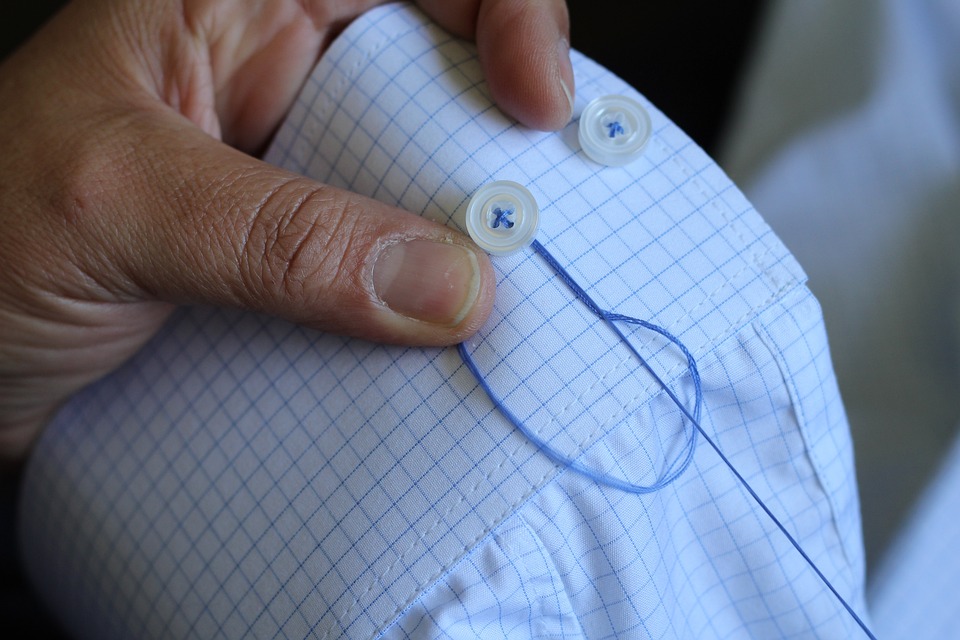Thread Colors Decoded: A Beginner’s Guide to Sewing Thread Color Charts
When it comes to sewing, there are several factors to consider in order to achieve professional-looking results. One of the most critical elements is the choice of thread color. The right thread color can enhance the overall appearance of your finished project, while the wrong choice can quickly become an eyesore. Understanding thread color charts can be daunting, especially for beginners. However, with a little guidance, you can become an expert in selecting the perfect thread colors for your sewing projects.
Thread color charts serve as a valuable tool in the sewing world. They provide a visual representation of the available colors, allowing you to make an informed decision based on your project’s requirements. These charts typically group thread colors into different families or categories, making it easier to find a suitable match. Let’s delve into the basics of thread color charts and explore how they can help you achieve stunning results.
1. Breaking Down the Basics
Thread color charts commonly feature a range of colors, often labeled with specific numbers or names for easy reference. The colors are typically organized in a logical sequence, such as starting with whites and progressing through various shades, tints, and tones until reaching the darkest hues. Some charts may also display specialized threads like metallic or variegated options.
2. Importance of Understanding Color Families
Understanding color families is key to deciphering thread color charts. Colors are often categorized into families, such as neutrals, primary colors, pastels, earth tones, or metallics. By familiarizing yourself with these families, you can quickly identify the appropriate color sets for different projects. For example, earth tones are perfect for rustic designs, while metallics add a touch of elegance and glamour.
3. Matching or Contrasting?
Both matching and contrasting thread colors can be great choices when it comes to sewing. Matching threads blend seamlessly with the fabric, providing a cleaner and more professional finish. On the other hand, contrasting threads create visual interest and can be used to highlight specific areas or patterns in your project. Experimenting with different combinations will enable you to create unique, eye-catching designs.
4. Considering the Fabric
Before selecting a thread color, it is essential to consider the fabric you are working with. Some fabrics, like denim or upholstery materials, often necessitate stronger and more visible thread, while delicate fabrics might require a more subtle approach. Additionally, the finish of the thread, such as matte or glossy, can also affect the overall appearance. By understanding the characteristics of your fabric, you can choose a thread color that complements it beautifully.
5. Testing for the Perfect Match
If you’re unsure about which thread color to choose, it’s advisable to conduct a test. Cut a small piece of your fabric and sew a few lines using different colored threads. Take a step back and observe how each thread color interacts with the fabric. This testing process will help you find the perfect match and save you from potential regret later on.
In conclusion, mastering the art of selecting the right thread color is an essential skill in sewing. Thread color charts provide invaluable assistance in this process, serving as a guide to help you navigate through the plethora of options available. By understanding the basics, exploring different color families, and considering the fabric and desired effect, you’ll be well on your way to achieving stunning results with the perfect thread color choice. So, next time you embark on a sewing project, let your creativity flourish while using thread colors decoded!

